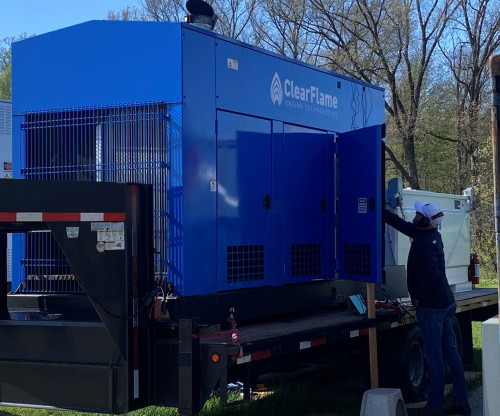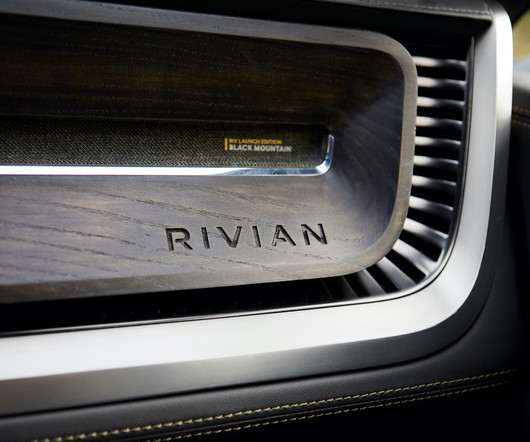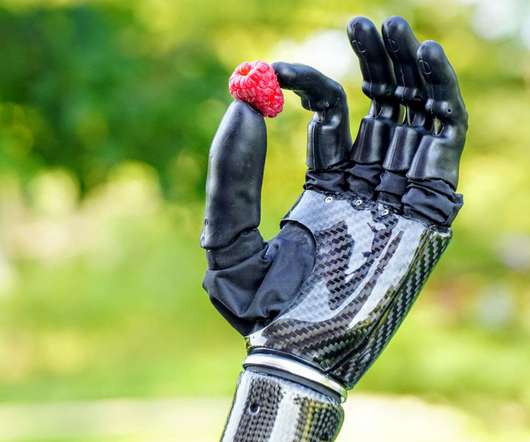ClearFlame’s genset technology progresses through phase one trials
Green Car Congress
JULY 12, 2023
All eyes now focus on the second pilot, where our engine will power a real customer with a renewable low carbon fuel. —Robert Schanz, ClearFlame Vice President, Research & Development Phase two testing in conjunction with ComEd, an Exelon company in Illinois will be the next step in the product development process.




















Let's personalize your content